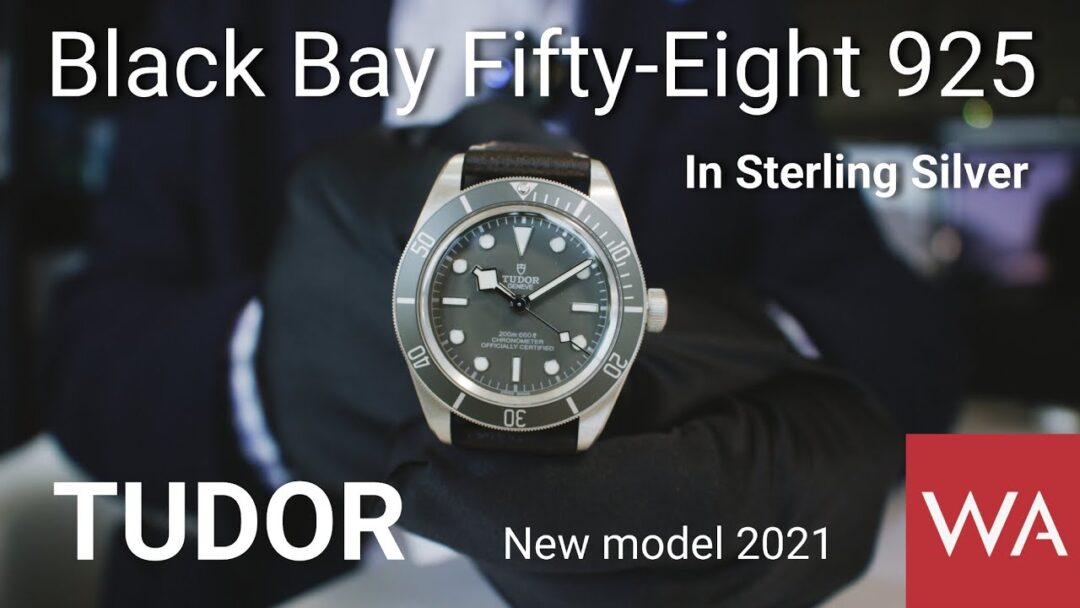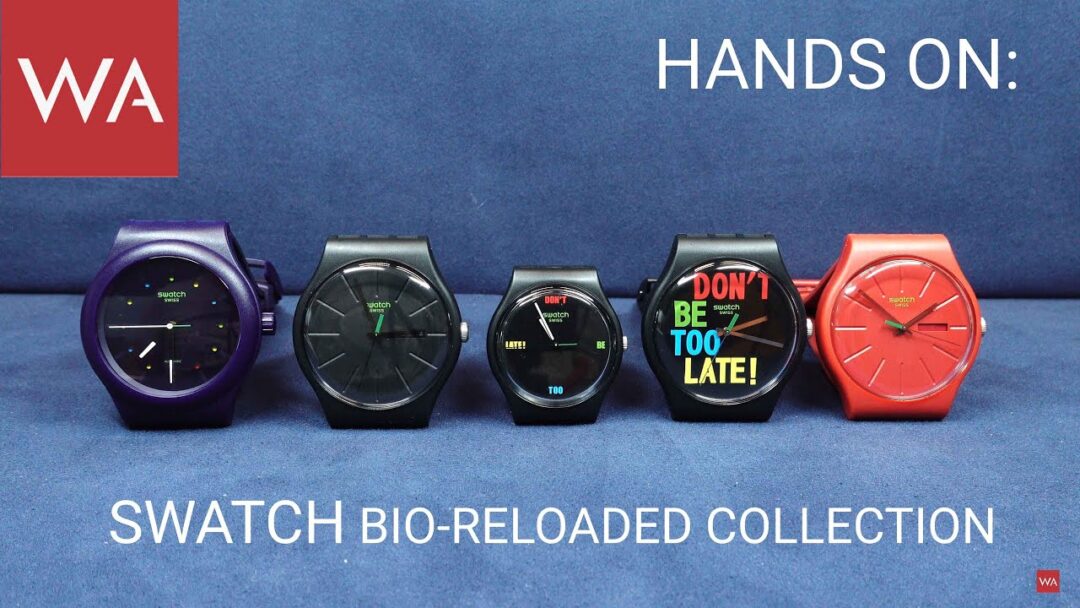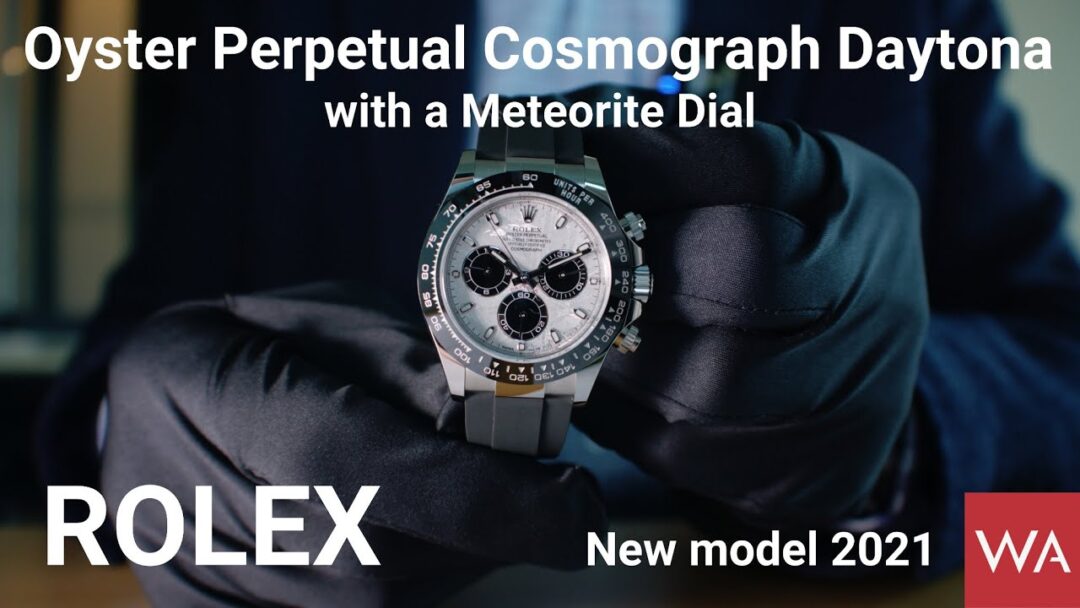Released in 2008, the Rolex Deepsea meets the exacting requirements of professional divers in terms of resistance to underwater pressure, precision and reliability, while featuring the aesthetic DNA and intrinsic characteristics of the watches in the Oyster Perpetual collection. Waterproof to an extreme depth of 3,900 metres (12,800 feet), the Oyster Perpetual Rolex Deepsea illustrates Rolex’s expertise in waterproofness.
– 44 mm Oyster case, waterproof to a depth of 3,900 metres (12,800 feet)
– Ringlock system (patented case architecture)
– Helium escape valve
– Unidirectional rotatable bezel with 60-minute graduated monobloc Cerachrom insert
– Chromalight display (long-lasting luminescence)
– Superlative Chronometer certification, specific to Rolex
– International five-year guarantee
– Manufacture Rolex self-winding mechanical movement, COSC certified
– Paramagnetic blue Parachrom hairspring
– Chronergy escapement
– High-performance Paraflex shock absorbers
– Oysterlock safety clasp with Rolex Glidelock extension system
The Rolex Deepsea benefits from the Ringlock system, a patented case architecture developed by Rolex that allows it to resist the colossal pressure exerted by water at the depth of 3,900 metres, equivalent to a weight of approximately three tonnes on the crystal.
The Ringlock system is based on a combination of three elements:
• a slightly domed 5.5 mm-thick sapphire crystal with an anti-reflective coating;
• a high-performance nitrogen-alloyed steel ring, positioned inside the middle case of the
watch between the crystal and the case back, which withstands the water pressure;
• a case back made from RLX titanium held tight against the high-performance ring by a screw-
down Oystersteel ring.
These three components are superposed in a middle case crafted from a solid block of Oystersteel, a particularly corrosion-resistant alloy. The Triplock winding crown, protected by an integral crown guard, screws down against the case, completing the waterproofness system.
The Oyster case of the Rolex Deepsea, 44 mm in diameter, is also equipped with the helium escape valve patented in 1967. This safety valve allows excess pressure built up inside the watch case to escape during a diver’s decompression phase in a hyperbaric chamber – a process inherent to saturation diving – without compromising the waterproofness of the watch.
Like all Rolex watches, the Rolex Deepsea is covered by the Superlative Chronometer certification redefined by Rolex in 2015. This exclusive designation attests that every watch leaving the brand’s workshops has successfully undergone a series of tests conducted by Rolex in its own laboratories and according to its own criteria. These certification tests apply to the fully assembled watch, after casing the movement, guaranteeing superlative performance on the wrist in terms of precision, power reserve, waterproofness and self-winding. The Superlative Chronometer status is symbolized by the green seal that comes with every Rolex watch and is coupled with an international five-year guarantee.
The precision of every movement – officially certified as a chronometer by the Swiss Official Chronometer Testing Institute (COSC) – is tested a second time by Rolex after being cased, to ensure that it meets criteria that are far stricter than those of the official certification. The precision of a Rolex Superlative Chronometer is of the order of −2/+2 seconds per day – the rate deviation tolerated by the brand for a finished watch is significantly smaller than that accepted by COSC for official certification of the movement alone.
The Superlative Chronometer certification testing is carried out after casing using state-of-the-art equipment specially developed by Rolex and according to an exclusive methodology that simulates the conditions in which a watch is actually worn and more closely represents real-life experience. The entirely automated series of tests also checks the waterproofness, the self-winding capacity and the power reserve of 100 per cent of Rolex watches. These tests systematically complement the qualification testing upstream during development and production, in order to ensure the watches’ reliability, robustness, and resistance to magnetic fields and shocks.




